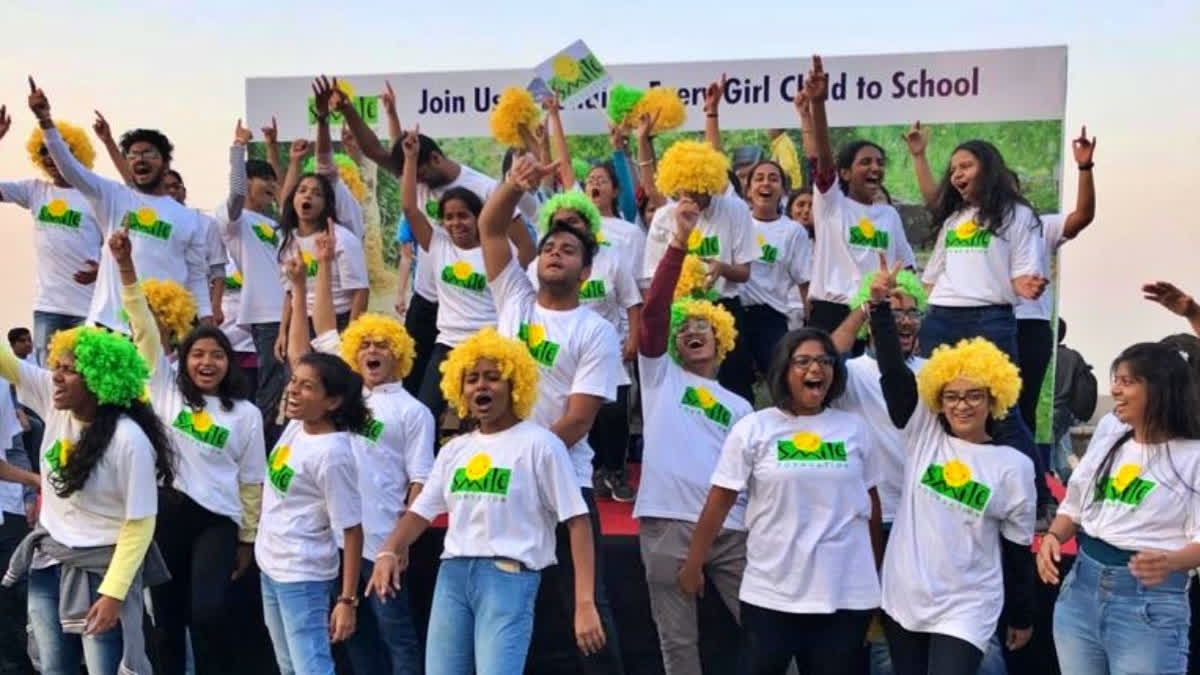New Delhi: The World Happiness Report (WHR) 2024 released on Wednesday ranks India at 126th among 143 countries across the world. The WHR is a partnership of Gallup, the Oxford Wellbeing Research Centre, the UN Sustainable Development Solutions Network, and the WHR’s Editorial Board.
Finland has again topped the list of happy countries in the world. Five Nordic countries, including Denmark, Iceland and Sweden, find mention among the top 10 happiest nations. India, meanwhile, has been ranked below Nepal and Pakistan among South Asian nations. While Nepal is ranked 93rd, Pakistan is at 108th. Sri Lanka and Bangladesh have been ranked below India at 128th and 129th respectively. According to the WHR 2024, Afghanistan is the unhappiest nation in the world.
Interestingly, two other South Asian nations – Bhutan, globally renowned for its Gross National Happiness Index, and the Maldives – do not find mention on the list. So, why is India ranked 126th and finds itself below Nepal and Pakistan in the happiness index? What makes Indians happy or rather unhappy? According to a chapter titled ‘Differences in Life Satisfaction among Older Adults in India’ in the WHR 2024, India, the world’s most populous country, with a rapidly growing elder share, happiness rises into old age, more so for men than women.
“Older age is associated with higher life satisfaction in India, refuting some claims that the positive association between age and life satisfaction only exists in high-income nations,” the report states. “However, older women in India report lower life satisfaction than older men. Older adults with secondary or higher education and those of higher social castes report higher life satisfaction than counterparts without formal education and those from scheduled castes and scheduled tribes. Satisfaction with living arrangements, perceived discrimination, and self-rated health emerged as the top three predictors of life satisfaction.”
According to the report, India’s older population is the second largest worldwide, with 140 million Indians aged 60 and over, second only to its 250 million Chinese counterparts. Additionally, the average growth rate for Indians aged 60 and above is three times higher than the overall population growth rate of the country.
“A systematic review of 24 studies among older adults (60+ years) in Asian countries, including India, has identified age, gender, social relationships, social engagement, living arrangements, education, income, caste, religion, health behaviours, health conditions, and health care to affect life satisfaction in later life,” the report states. “Few studies have examined life satisfaction among older adults in India, yet those that have found that factors such as poor childhood, financial status, lack of social support in late life, physical frailty, and feelings of loneliness are associated with lower levels of life satisfaction.”
The report found a significant association between educational status and life satisfaction among older adults in India. Older Indians with higher levels of education were significantly more satisfied with life compared to their peers without any formal education.
“Several social, health, and demographic factors could explain the educational differences in life satisfaction among older Indians,” the report states. “For instance, while education may have an appreciable impact on quality of life, at least partly, through its link to material assets, such as employment and income, it also ‘develops habits, skills, resources, and abilities that enable people to achieve a better life’, ultimately impacting life satisfaction. That education is positively associated with life satisfaction, in fact, is found in previous studies as well.”
The study cites recent research in India which found that lack of education can decrease health care utilisation and increase the likelihood of mental and physical illnesses, which can negatively affect satisfaction with life in older ages.
“The educational differences in life satisfaction among older Indians in our study also could be interpreted in the light of recent research findings in India and other low- and middle-income countries that older adults with lower education endure a higher risk of depression than their peers with higher education,” it states.
The study also drew a link between caste and life satisfaction. It states that caste can determine access to multiple flexible resources, including knowledge, power, prestige, and mainstream social connections.
“These flexible resources, often available to higher social caste individuals, are consequential throughout the life course and particularly in later life because they can be mobilised to avoid risks, deploy protective strategies, and preserve and promote health and well-being,” it states. The study found a significant difference in life satisfaction levels between the SC/ST and non-SC/ST groups.
“Compared to the SC/ST group, older Indians who belong to the non-SC/ST group were more satisfied with their life,” it states. “At the multivariate level as well, those in the non-SC/ST group reported higher life satisfaction than their SC-ST peers, though the overall size of difference diminished after controlling for several social structural factors, including education, perceived discrimination, and experiences of ill-treatment. Corroborating previous studies, we find that the variations in life satisfaction between castes were strongly related to education.”
The chapter concluded by stating that that older men, those in the higher age groups, currently married, and those who were educated report higher life satisfaction compared to their respective peers. Lower satisfaction with living arrangements, perceived discrimination, and poor self-rated health were important factors associated with low life satisfaction among older Indians.
“Findings of this study indicate that strengthening family networks to ensure a comfortable living arrangement for older adults, men, widowed, and those without formal education in particular, and bolstering social networks to reduce discrimination may enhance well-being in older age,” the report states.
World Happiness Report 2024: Which Country Tops The List; Where Does India Stand?



